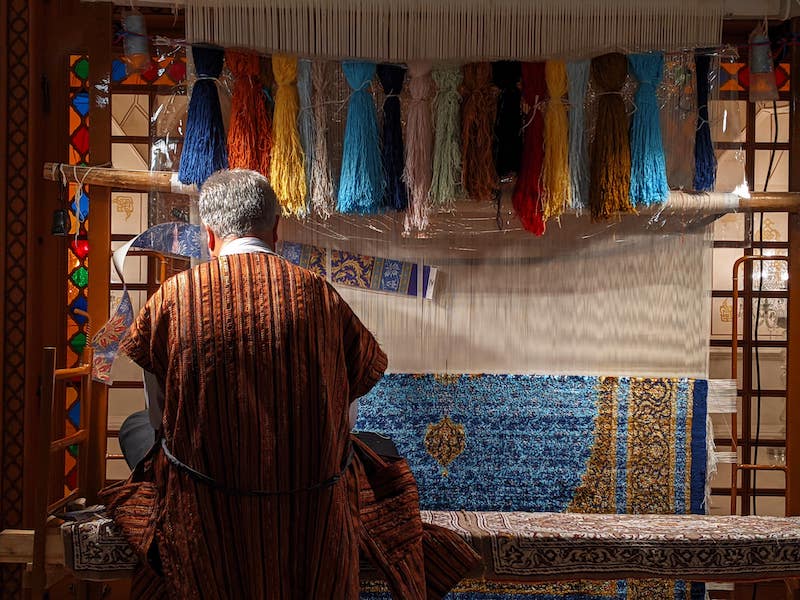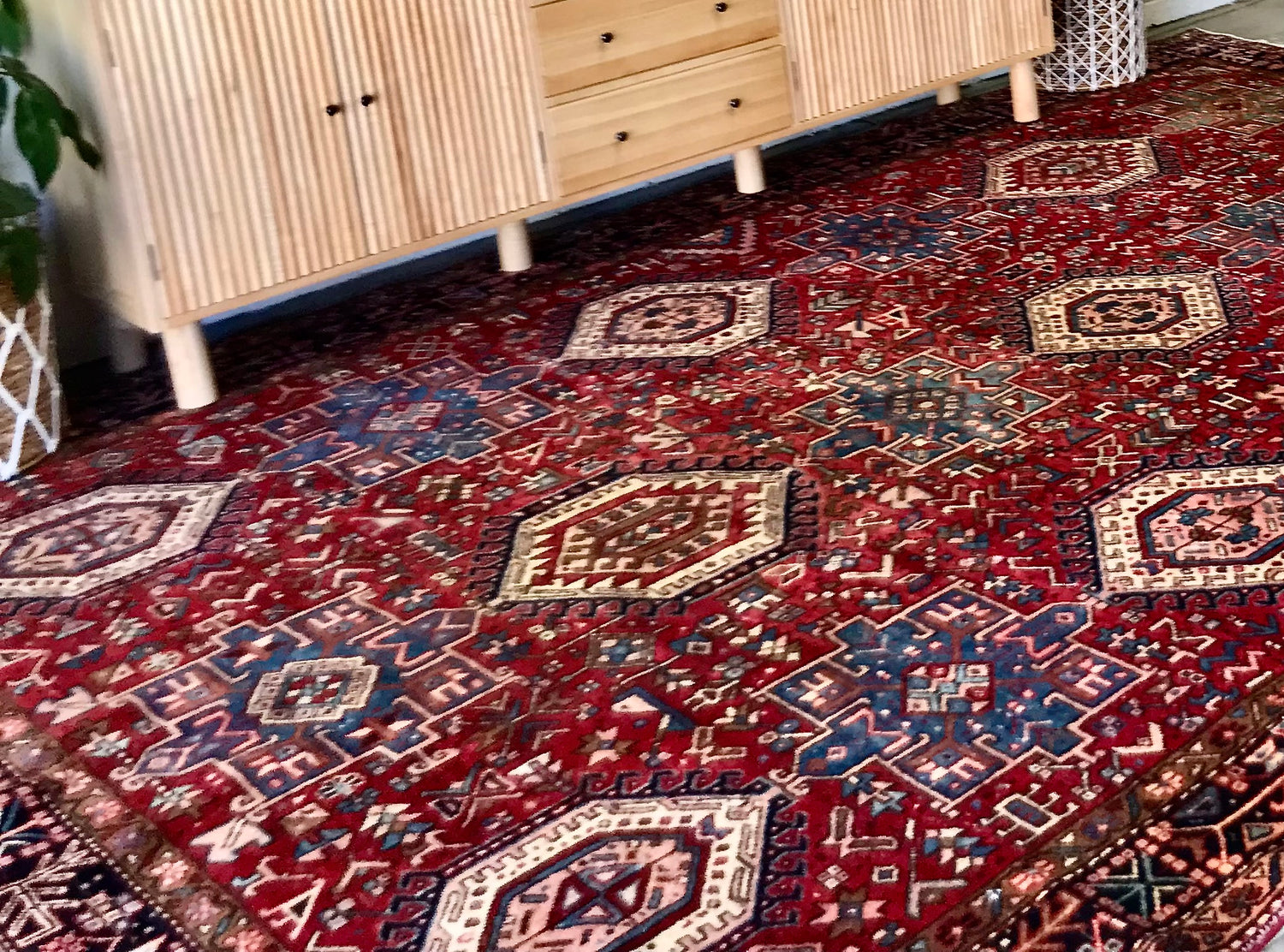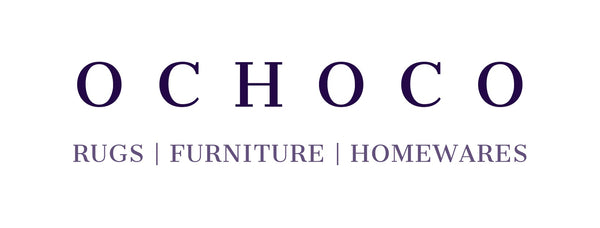
Hand Knotted Rugs
Hand Knotted rugs in modern and contemporary styles are the epitome of luxury. Whether used as a bedroom rug or living room rugs these soft rugs provide both comfort and style. Hand Knotted area rugs are meticulously crafted by skilled artisans, making each piece unique. As contemporary rugs they feature sleek designs that complement modern interiors, enhancing the aesthetic appeal of any space.
-

KAZAK
Explore Here -

CONTEMPORARY
Explore Here

Hand Knotted Rug Features
- Artisanal Craftsmanship
- Durability & Longevity
- Unique Designs
- Natural Materials
- Knot Density
Hand Knotted Rugs FAQ'S
What makes a Rug Hand Knotted?
A rug is considered "Hand Knotted" when it is made by artisans who individually tie every knot by hand to create the rug's pattern and structure. This process involves looping yarn around the vertical threads (warp) on a loom and then tying a knot to secure it. The horizontal threads (weft) are then woven through the warp, securing the knots in place. This meticulous process can take months or even years, depending on the size and complexity of the design.
How can you tell if a rug is Hand Knotted?
You can identify a hand-knotted rug by examining several key features:
- Back of the Rug: The pattern on the back of a hand-knotted rug mirrors the front, although it may appear slightly less sharp. The knots are visible, and you can often see the individual knots and the base of the fibers, unlike machine-made rugs where the back is usually covered with a latex or other backing.
- Fringe: In hand-knotted rugs, the fringe is an extension of the warp threads, meaning it’s an integral part of the rug’s structure. In contrast, machine-made rugs often have the fringe sewn or glued on after the rug is made.
- No Two Rugs Are Identical: Because they are handmade, no two hand-knotted rugs are exactly the same. Even rugs with similar designs will have slight variations in knotting, color, or pattern.
- Feel and Flexibility: Hand-knotted rugs are often more flexible and feel heavier compared to machine-made rugs of the same size, owing to their dense construction and quality materials.
- Knot Count: A high-quality hand-knotted rug will have a high knot count (knots per square inch), which adds to the rug’s detail and durability. You can check the knot count by counting the knots on the back of the rug in a one-inch square.
- Edges and Selvedges: The edges of hand-knotted rugs are hand-finished, with selvedges that are a natural extension of the warp threads, whereas machine-made rugs often have edges that are sewn on.
Why are Hand Knotted Rugs more expensive?
Hand-knotted rugs are more expensive due to these factors that contribute to their quality, durability, and craftsmanship:
- Labor-Intensive Craftsmanship: Creating a hand-knotted rug is a highly skilled and time-consuming process. Artisans meticulously tie each knot by hand, a process that can take months or even years, depending on the rug’s size and complexity. The level of detail and care in each knot is unmatched by machine-made rugs.
- High-Quality Materials: Hand-knotted rugs are typically made from high-quality natural materials such as wool, silk, or cotton. These materials are more expensive than synthetic fibers and contribute to the rug’s longevity and luxurious feel.
- Unique Designs: Each hand-knotted rug is unique, with designs often passed down through generations or created by skilled artisans. The originality and artistic value of these designs add to the rug’s exclusivity and price.
What materials are used in Hand Knotted Rugs?
Hand-knotted rugs are crafted from high-quality natural materials, which contribute to their durability, texture, and aesthetic appeal. The primary materials used include:
- Wool: Wool is the most common material used in hand-knotted rugs. It is prized for its softness, durability, and natural stain resistance. Wool rugs are also excellent at retaining color and are comfortable underfoot, making them ideal for both functional and decorative purposes.
- Silk: Silk is often used in high-end hand-knotted rugs, either on its own or in combination with wool. Silk adds a luxurious sheen and a fine texture to the rug, allowing for intricate designs with a high knot count. These rugs are often more delicate and are used more as decorative pieces.
- Cotton: Cotton is typically used for the foundation (warp and weft) of hand-knotted rugs. It provides a strong and stable base for the knots and helps maintain the rug’s shape over time. Occasionally, cotton is also used for the pile in more lightweight or less expensive rugs.
- Jute and Hemp: These natural fibers are sometimes used in hand-knotted rugs, particularly in more rustic or eco-friendly designs. They are less common than wool and silk but offer a distinct, earthy texture and appearance.
- Bamboo Silk/Viscose: These are plant-based fibers that mimic the softness and sheen of silk but are more affordable. They are often used in contemporary hand-knotted rugs as a cost-effective alternative to natural silk.
Are Hand Knotted Rugs durable?
Durability and Longevity: Hand-knotted rugs are built to last for generations. The density of the knots and the quality of the materials make these rugs more durable, ensuring they retain their beauty and value over time. This longevity justifies the higher cost as they are seen as long-term investments.
How should I care for my Hand Knotted Rug?
Proper care and maintenance of a hand-knotted rug are essential to preserve its beauty and extend its lifespan. Here are some tips on how to care for your hand-knotted rug:
- Regular Vacuuming: Vacuum your rug regularly to remove dirt and debris that can settle into the fibers. Use a vacuum without a beater bar to avoid damaging the knots and fibers. Vacuum in the direction of the pile to maintain the rug’s texture.
- Rotate the Rug: Rotate your rug every six months to ensure even wear, especially in high-traffic areas. This helps prevent uneven fading and wear patterns.
- Spot Cleaning: Immediately address spills and stains by blotting (not rubbing) with a clean, dry cloth. For most spills, use a mild soap solution or a mixture of white vinegar and water. Test the cleaning solution on a small, inconspicuous area first to ensure it doesn’t cause discoloration.
- Professional Cleaning: Have your hand-knotted rug professionally cleaned every 1-2 years, depending on usage. Professional cleaners specialize in delicate rugs and can remove deep-seated dirt and restore the rug’s luster without damaging the fibers.
- Avoid Direct Sunlight: Prolonged exposure to direct sunlight can cause fading. If your rug is in a sunlit area, use curtains or blinds to reduce UV exposure, or periodically move the rug to prevent uneven fading.
- Use Rug Pads: Place a rug pad underneath your hand-knotted rug to prevent slipping, reduce wear, and protect the rug’s foundation. A rug pad also provides extra cushioning and prolongs the rug’s life.
- Avoid Moisture: Keep your rug away from damp areas, as moisture can weaken the fibers and lead to mold or mildew growth. If the rug becomes wet, dry it thoroughly by hanging it or using fans to circulate air.
- Repair and Restoration: Address any damage, such as fraying edges or loose knots, promptly. Professional rug repair services can fix minor issues and help preserve the rug’s structure and appearance.
We Deliver to the Perth Metro Area
Free Local Delivery for Orders Over $500
If you are outside the Perth Metro area please contact us at info@ochoco.com.au


